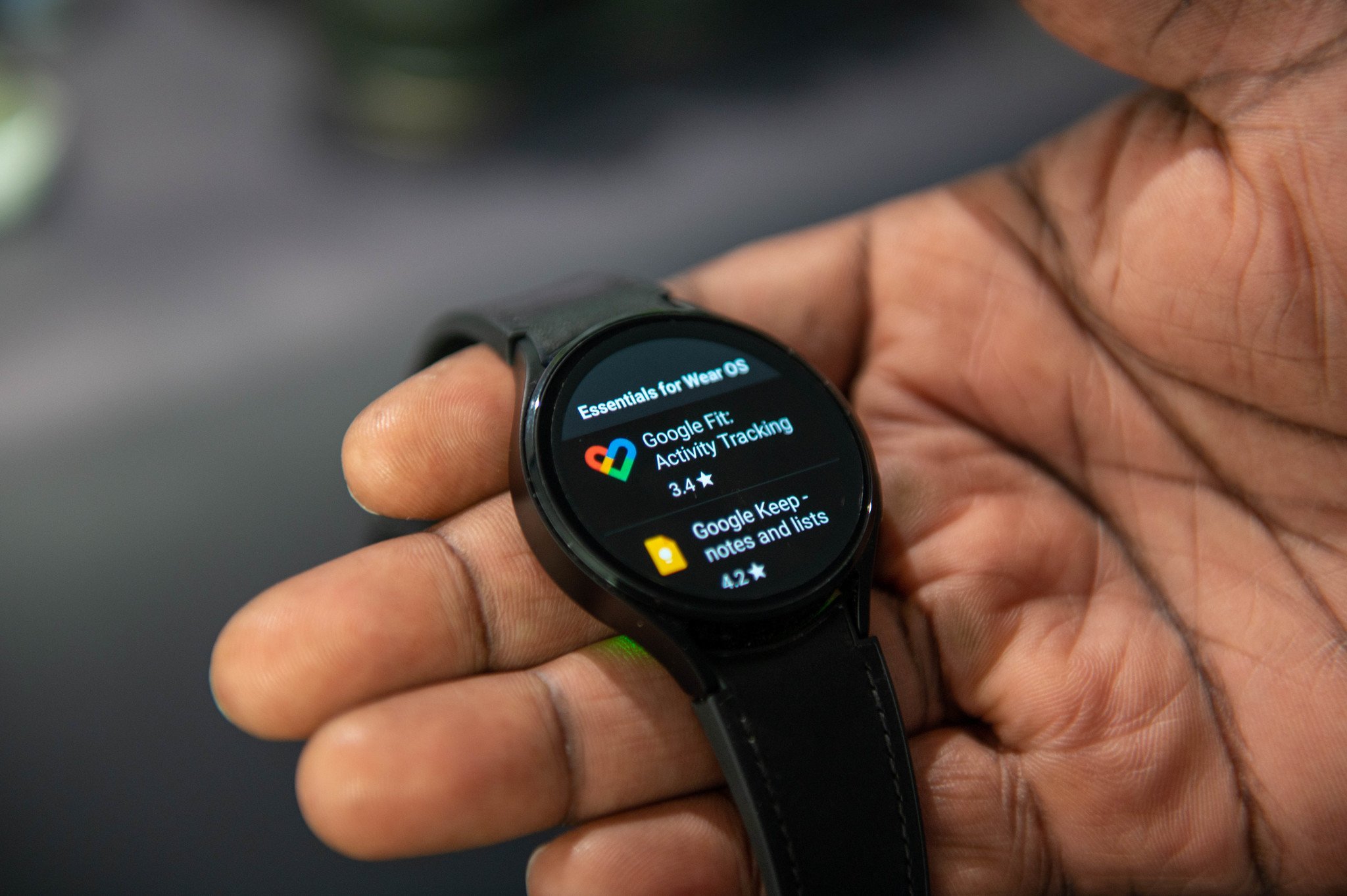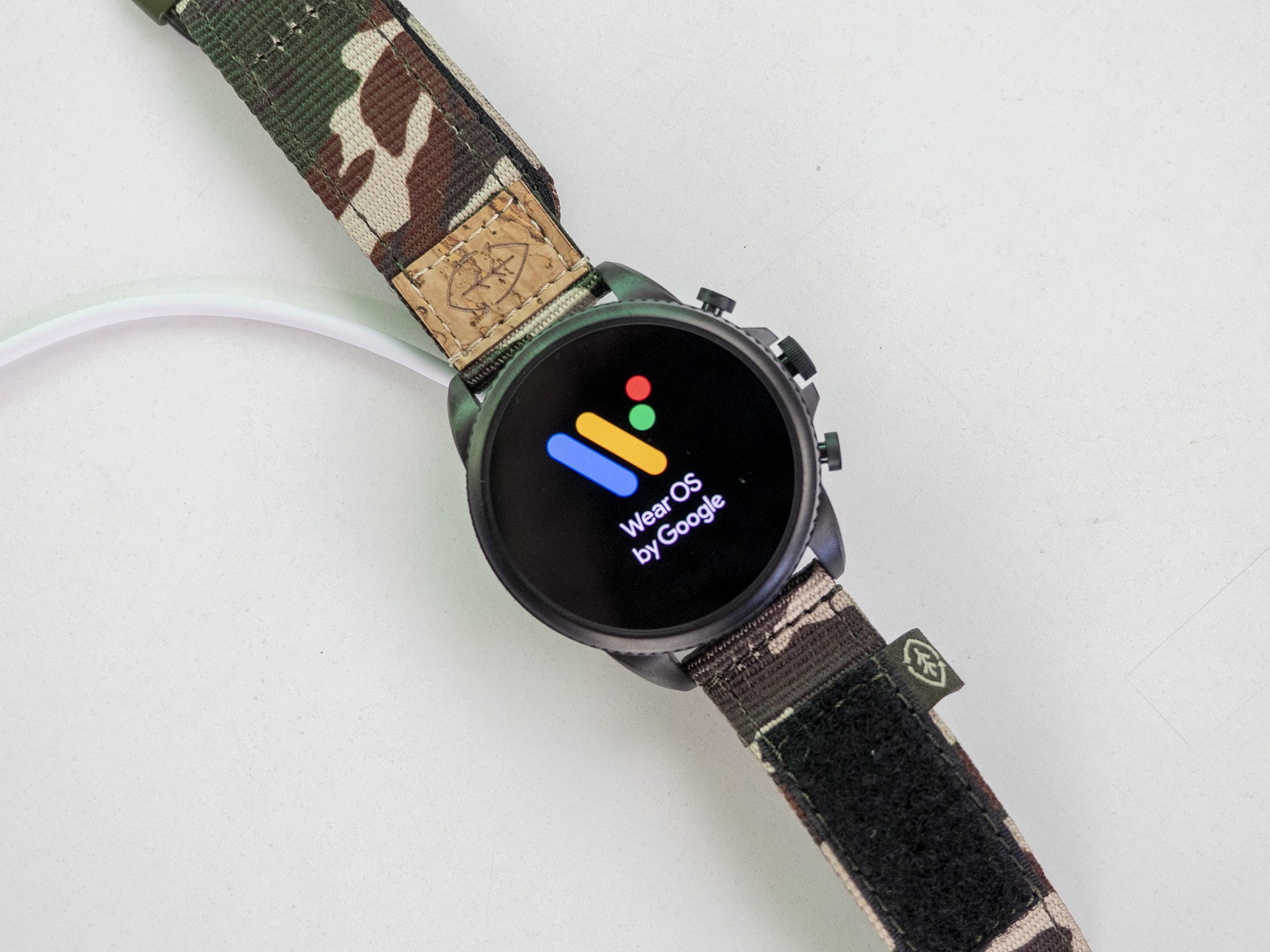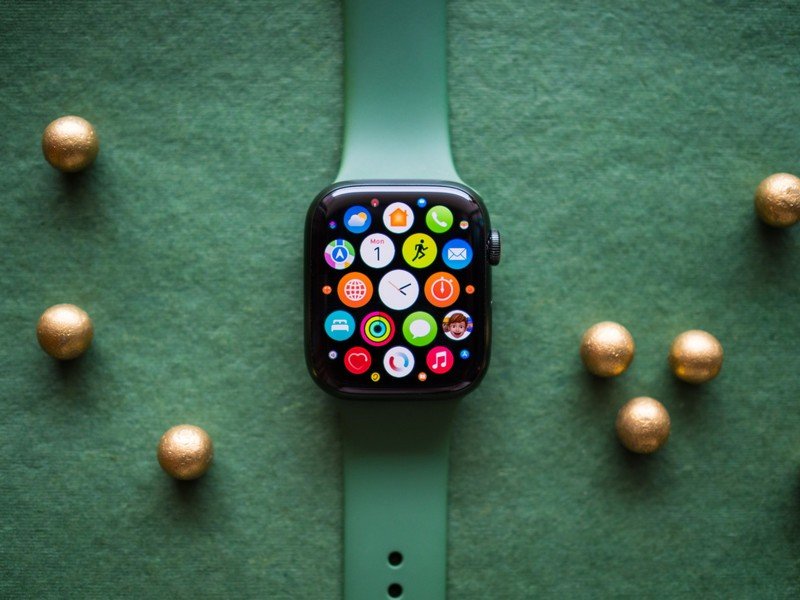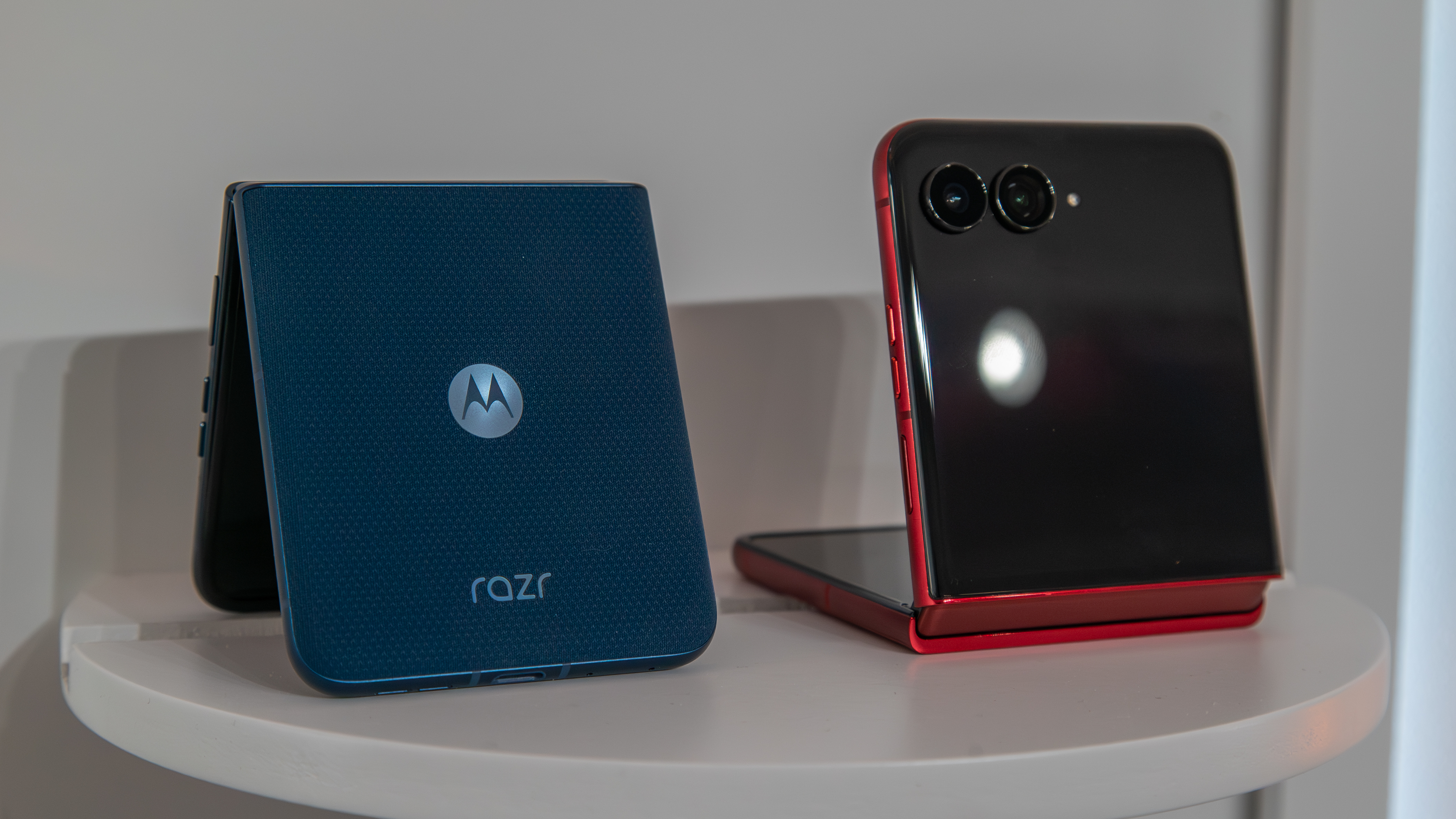Despite its commercial success, the Galaxy Watch 4 was a flop after all
The Galaxy Watch 4 wasn't able to make Wear OS a must-have

When it comes to smartwatches, there are two types: the Apple Watch and everything else. That's not to say you don't have plenty of choices. It's just that since Samsung has exited the scene and no longer makes its own Tizen-based watches, no one company challenges Apple at the cash register.
On the platform side of things though, it's a different story. Here's where Google enters the ring because it turns out wearables are also a good way to build user profiles, and it's pretty important to keep Wear OS — Google's wearable platform — up and running. Toss out pure fitness bands like the MiBand as well as watches that aren't really too smart, and you'll find that the best Android smartwatches are using Google's software.
That means Wear OS is a property that Google needs to keep pushing, and it needs to be something that consumers like you and I want to use. A while back, I thought that the Galaxy Watch 4 was the last hope to turn Wear OS into something people just had to have.
Spoiler alert: it didn't happen.

By most accounts, the Galaxy Watch 4 is a successful product; it didn't cause Samsung to lose money by building it. But it didn't do what it needed to do the most, which is turn Wear OS into a must-have for most Android phone users.
There are undoubtedly more people using "Android" smartwatches than there are the Apple Watch. If you measure success by the raw number of users, Google wins because to use the Apple Watch, you have to have an iPhone.
If you have a new iPhone you probably want to have a new Apple Watch to go with it.
The flip side of that is if you have an iPhone, you probably want to have an Apple Watch, and you can't say the same for folks using an Android phone. If you're Google, that's a problem. Ideally, every person with a premium Android-powered phone like the Galaxy S22 or a Pixel 6 Pro would then go out and buy a new Wear OS device as its companion.
Be an expert in 5 minutes
Get the latest news from Android Central, your trusted companion in the world of Android
This is doubly important when you think about how Google makes money from its free software. By learning more about you, Google knows better what to show you, so target advertisements are more successful. Google can get me to buy fishing gear because it knows to show me ads for fishing gear.
People with the disposable income to buy a new smartwatch are the exact people Google wants to get onboard. If you can afford a smartwatch, you can probably afford to buy fishing gear or whatever else Google wants to show you. This makes companies using Google to advertise products happy, those people give Google more money for more ads, so Google is happy, and you and I get cool things we may never use, so we are happy.
Unfortunately, Wear OS has never been able to achieve this. Maybe it never will.

Google took the things that made Android so popular and made them part of Wear OS. Those things are probably not what you think, either.
Android has achieved commercial success — billions of users — because it's a software product other companies want to use, and it's free. Not because of its rich notifications or because of Google services, or because you can change your icons.
By doing so, companies like Samsung or Verizon were able to build semi-custom products and not have to build out a full software ecosystem. Imagine Verizon trying to build phone software, services, and apps. Even Samsung and Huawei, two companies that have enormous software departments, struggle at doing just that. Pairing the right software to the right ecosystem then putting it inside the right product is the recipe for success in tech.
Pairing the right software to the right ecosystem then putting it inside the right product is the recipe for success in tech.
The Galaxy Watch 4 is a Samsung product through and through. Unlike the Wear OS of old, manufacturers are allowed to customize the software experience, and Samsung has done a good job at it. When you use the GW4, you know it's a Samsung watch.
Maybe another company will be able to capitalize on this. Samsung wasn't always the darling of the smartphone world like it is today, but it found a way to leverage the freedom Google allows with Android to become just that. Maybe Motorola or OnePlus, or even Garmin, will be able to turn Wear OS into that thing we all just have to buy into.
It's a tough row to hoe. Wearables can only offer a few things because of their physical limitations. Outside of fitness tracking, a smartwatch isn't a necessity. Sometimes it's nice to see notifications on your wrist, but if you want to check tomorrow's forecast, you can just pull the phone out of your pocket.
I don't think Wear OS is done for, and I'm not about to write its obituary. However, I also know that it needs something to boost it as a product for everyone, and the Galaxy Watch 4 just isn't it. Something has to happen to make everyone want to strap Android on their wrist. Something big.

Jerry is an amateur woodworker and struggling shade tree mechanic. There's nothing he can't take apart, but many things he can't reassemble. You'll find him writing and speaking his loud opinion on Android Central and occasionally on Threads.
